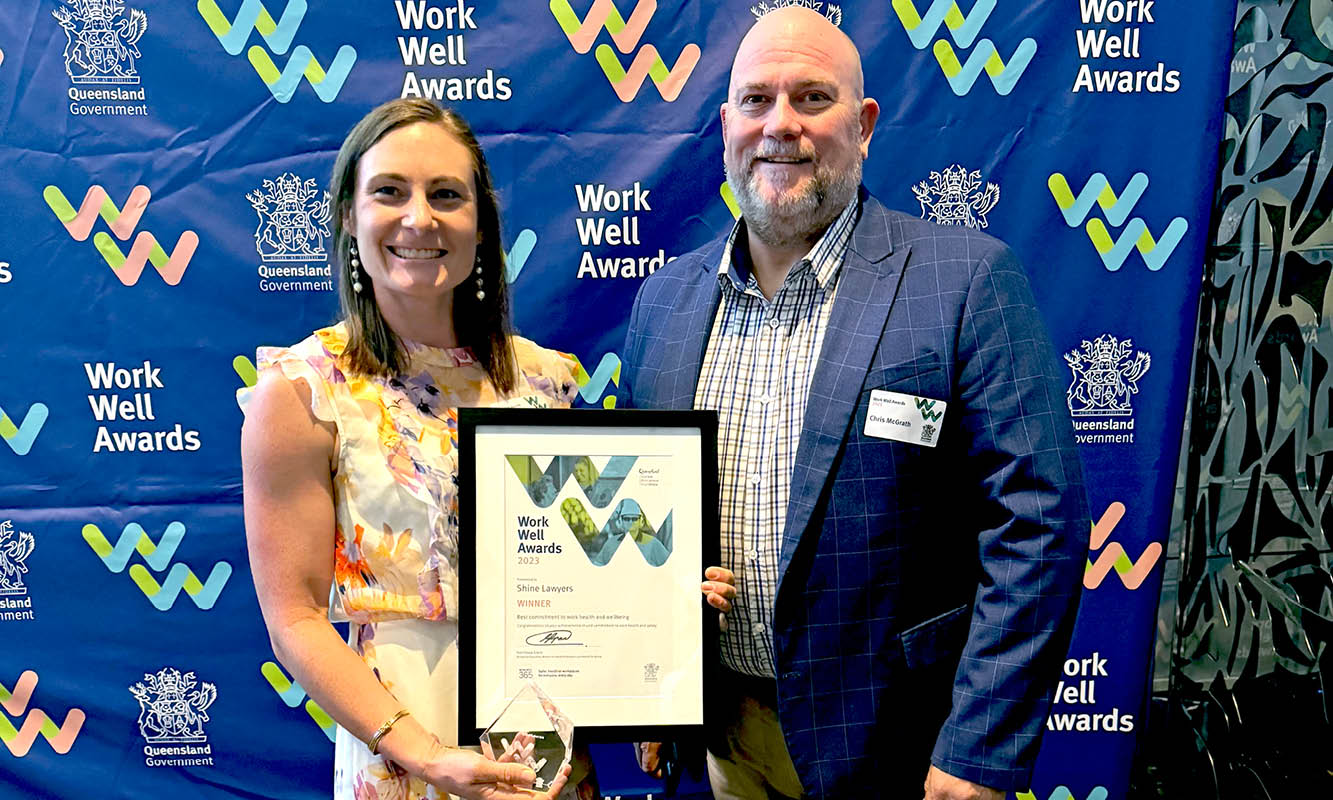Dealing with conflict and difference of opinion is part of the daily routine for most solicitors. There never seems to be a shortage of issues–be it, confrontational clients, quarrelling colleagues, or an aggressive opposing party. What are your strategies for managing disagreements constructively? Read on for some tips on how you can improve your conflict resolution skills.
When it comes to conflict, are you an avoider (running away from it) or a seeker (rushing into it)? While both reactions are understandable, neither of these strategies will enable successful conflict resolution. As is so often in life, the more effective path is a balanced and intentional approach.
It is helpful to remember that conflict is actually normal and healthy. Differences in opinion and preference are expected when people from diverse backgrounds and with different needs, expectations and goals are working together, or when you work with clients in vulnerable and emotionally charged periods of their lives. Simultaneously, a constructive, respectfully conducted dispute can lead to strengthened relationships, improved solutions and better outcomes for each party involved.
A conflict only becomes unhealthy when it turns personal, emotional and involves an “us-against-them” mindset, but this can be avoided with the right approach. To increase the likelihood of a constructive process and a positive result, the overarching goal should not be to win at all cost, but to bring parties that are in opposition to a shared view and the ability to achieve a larger shared objective.
Here are some steps to consider along the way:
- Flex your self-awareness muscle
Self-awareness is the foundation for successful conflict management. To gain a broader perspective and the ability to respond intentionally, it is critical to understand how you contribute to friction and discord, how you navigate (or avoid) interpersonal disagreements, and how your values and organisational culture influence your perceptions. For example, do you see conflict as inherently wrong, threatening, or an opportunity to assert your power? Before you engage in a challenging conversation to resolve a conflict, have a moment to assess your own state of mind, including the thoughts and type of emotions that are coming up for you around the dispute. What is your personal take on the issue? How attached are you to a particular outcome? Do you have a clear understanding of the other party’s position and circumstances, and how much empathy do you have for their needs and the situational pressures which may drive their motivation? - Choose the right time and place
Identify your natural tendencies and preferences, and if they are helpful in the situation. For example, if your default approach to work (including the way you conduct meetings) is to “just get things done”, you may be tempted to rush into a crucial discussion and brush aside concerns or what you perceive as irrelevant. Racing through a challenging yet important conversation is likely to prevent you from learning key insights to the other party’s perspective, may hurt the relationship, or further inflame an existing disagreement.
On the other hand, if your impulse is to “wait and see what happens”, you may delay an important discussion which could solve a simmering conflict before it blows up into something much bigger. Make space for these critical interactions at the right time, ideally in-person to avoid misunderstandings. As emails cannot convey tone and body language, they often lead to unintended perceptions and interpretations in already heated situations. - Move from reacting to responding
Make it your goal to listen more than you speak, and seek to understand the other person’s position and underlying needs, objectives and key motivators. Our judgements, biases, and beliefs about others’ intentions can trigger us to become defensive, display anger or contempt, or stop engaging. If you notice strong emotional reactions in yourself, tune in to your inner voice to identify negative thoughts as they are arising, then try to challenge them by questioning their source, looking for an alternative perspective, and reminding yourself that our thoughts are not always factually correct and that you may need more information before you form a conclusion.
Taking a position of curiosity will help you keep an open mind and refrain from making rash judgments. Showing a genuine interest in others’ opinions and needs is likely to change their perception and behaviour towards you, which can change the dynamic of your conversation and increase the quality of your communication. - Focus on relationships and shared goals
Make it a priority to separate the issue from the person, and to strengthen the relationship you have (or want to build) with them. To establish rapport or a personal connection, demonstrate a genuine interest in your colleague’s or client’s thoughts and perspective, show respect and let your interactions be guided by a sincere desire to create mutually beneficial outcomes.
To bond with the other party, it helps to focus on shared goals or values, for example, providing outstanding service for your clients, creating a more sustainable business, or developing more effective internal processes. Honesty and accountability will strengthen your trustworthiness in the eyes of others. This includes the capacity to offer a genuine apology for anything you may have done in the past to contribute to the challenging dynamic you and the other person may find yourselves in.
If your efforts to find a mutually beneficial and respectfully facilitated resolution are not reciprocated, and you feel under attack, use the behaviours recommended in the BIFF method (which suggests staying brief, informative, friendly and firm) to calm down a heated situation and protect yourself. Do not get drawn into emotionally intense arguments or personal attacks–it will only make the situation worse and keep you both stuck in increasingly antagonistic patterns. - Identify and address developing conflicts early
Ideally, you want to address emerging conflicts early, before they escalate and take up a disproportionate amount of everyone’s time and energy. As a leader, create an atmosphere that promotes difference and where people feel not only allowed but encouraged to speak up–a hallmark of psychological safety in teams.
To demonstrate your commitment to constructive dissent (always respectfully and with good intent), you could invite their honest opinion by saying, “I don’t just want to hear your agreement–I want to know where you disagree with me!” Of course, your response will have to reflect these values and reinforce your non-judgemental and inclusive approach to facilitate healthy discussions.
If you would like to learn more, don’t hesitate to reach out to the QLS Solicitor Support service on ethics@qls.com.au or p. 3842 5843 to speak to someone in a judgement-free and supportive environment.














Share this article